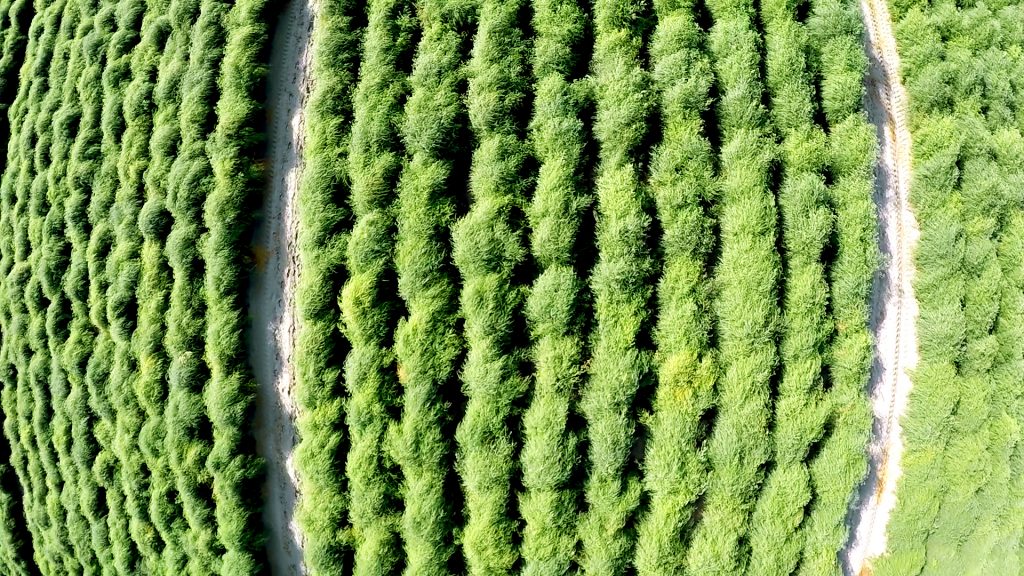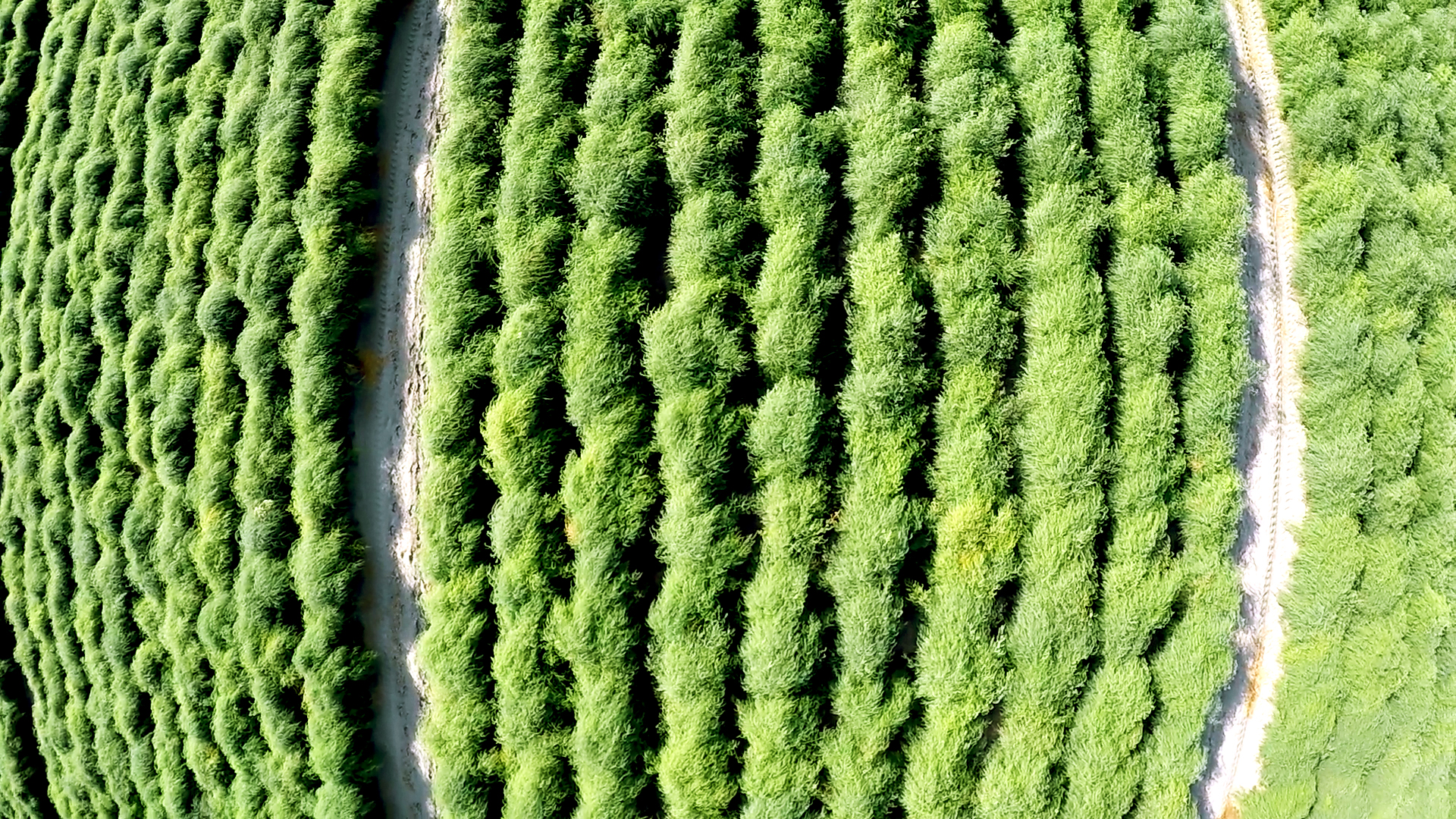Drones, probes, sensors… Asparagus goes high-tech
Connected agriculture is the convergence of agriculture and information technologies (sensors, vision, networks, assessment tools, robotics, artificial intelligence, etc.). When adapted to crops, these technologies can improve productivity but also meet environmental and societal expectations. Already present in livestock and in other crops, these new technologies are now coming into the field of asparagus, too, as evidenced by Cesar Urrutia in Peru and Olivier Lamote in France.
The primary functions of these new technologies regard the accumulation of data. Human occasional observation is replaced by digital continuous information capture via sensor, probe, camera, drone and satellite, which all generate data. This information can be stored, compared and modelled, but its final use still requires human analysis, i.e. asparagus professionals and specialists. This influx of information can amplify experts’ skills. The high speed of information transfer allows precise decision-making and fast implementation.
A mine of information
Connected agriculture is still in its infancy. It therefore has to contend with various problems, such as the sometimes-anarchic development of the various tools, the reliability of companies (often start-ups) that supply them, and the competence of the people who use them. One might think that it will never become easier to implement going forward. However, many observers of connected agriculture predict and anticipate other problems, including the accessibility of data while avoiding “toll networks”, the inter-compatibility of data between different sources to make it possible to assemble and exchange, and the control and ownership of this mine of information. Data is, however, spawning major developments. For instance, experiments could go from being a demonstrative study (research, tests, development) to a demonstrative study with the acquisition and comparison of a great deal of data to determine the development or the solution. In the same way, it is possible to go from being reactive when piloting plots (as is currently the norm) to making decisions in anticipation thanks to forecasting knowledge, live information and future simulations. At the moment, the very high costs are the key obstacles to development. The lack of engagement between the agricultural sector and high-tech companies and managers is another limitation, as is the incomplete coverage of communication networks.
Agro-technologies serving asparagus
In France, Cosmocel offers the SSAT (Agro Technological Monitoring Service), which brings together various new technologies at different levels of the plot (e.g. probes, sensors, cameras, satellite). “This agro-technological monitoring aims to enable us to have a better understanding of the crop, facilitate decision-making and better understand the effects of the bio-stimulants we market,” said Olivier Lamote of Cosmocel. This service, offered free by Cosmocel to its partners, includes soil and leaf analysis (Pronut), which, thanks to the use of deep learning software based on 10,000 analyses, can make recommendations for fertilisation. It also monitors Redox Potential. “It’s about estimating a soil or plant’s oxidation potential using a voltmeter and analysing it. In particular, it helps to define the risk of disease development,” said the specialist. “The concept of Redox Potential is something which is increasingly being taken into account in agriculture and can provide the key to understanding many phenomena,” he said. The SSAT also provides a diagnosis of a crop’s photosynthetic performance with the measurement of the NDVI (normalised difference vegetation index) by satellite imagery (Taranis). Soil water kinetics (Spiio) are also evaluated with sensors that record humidity/temperature/EC, etc. Finally, the service uses time-lapse cameras that take one photo per day in the same location. “By compiling the images, it is possible to visualise the growth of the plants and see differences in growth according to the feeding of the crop,” said Lamote. The first measurements taken in asparagus crops in 2020 have prompted Cosmocel to re-test in 2021. The objective is to establish a repository for this culture over the next three years.
Read also: Using AI to anticipate droughts and diseases























